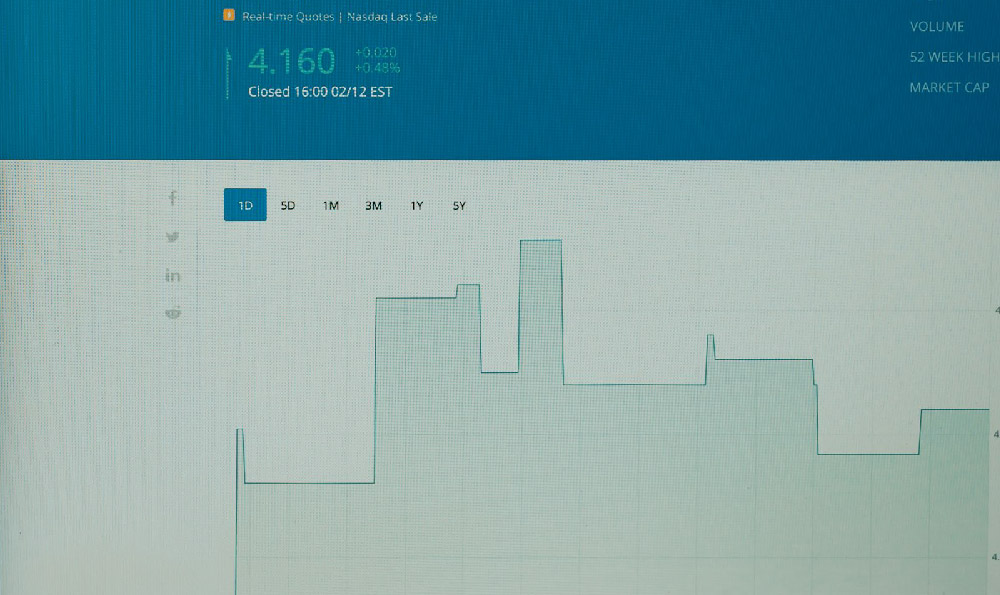Investing in Credit: Where to Start and What to Consider?
Okay, I'm ready. Here's an article based on the title "Investing in Credit: Where to Start and What to Consider?" written in English, aiming for depth and detail, avoiding numbered lists and explicit transitional phrases, and exceeding 800 words.
Investing in credit markets presents a diverse landscape of opportunities and risks for both seasoned investors and those just beginning their journey into fixed income. Understanding the fundamentals, assessing your risk tolerance, and conducting thorough due diligence are paramount to navigating this complex terrain successfully. Credit investing, at its core, involves lending money to borrowers – whether corporations, governments, or even individuals – in exchange for the promise of repayment with interest. This seemingly simple transaction, however, encompasses a vast spectrum of instruments and strategies, each with its own unique characteristics.
One initial consideration for anyone venturing into credit investing is understanding the different types of credit instruments available. Corporate bonds, issued by companies to fund their operations or expansions, represent a significant portion of the credit market. These bonds vary widely in credit quality, ranging from investment-grade securities issued by financially stable companies to high-yield or "junk" bonds issued by companies with higher levels of debt or perceived risk. Government bonds, issued by national or local governments, are generally considered to be among the safest investments, particularly those issued by developed nations with strong economies. However, even government bonds carry some degree of risk, primarily related to interest rate fluctuations and inflation.

Beyond traditional bonds, investors can explore other credit-based instruments like leveraged loans, which are loans made to companies with significant debt burdens, and mortgage-backed securities (MBS), which are bundles of mortgages that have been securitized and sold to investors. Leveraged loans offer the potential for higher returns but come with significantly higher risk, as the borrowers are often highly indebted and vulnerable to economic downturns. MBS, on the other hand, can be complex to understand, as their value is dependent on the repayment behavior of the underlying mortgages. Prepayment risk, the risk that homeowners will refinance their mortgages when interest rates fall, is a key consideration for MBS investors.
A crucial element in credit investing is understanding credit risk, the possibility that the borrower will default on their debt obligations. Credit rating agencies like Moody's, Standard & Poor's, and Fitch provide ratings that assess the creditworthiness of borrowers and their debt instruments. These ratings can be a valuable tool for investors, but it's important to remember that they are not infallible. Credit ratings are opinions based on historical data and projections, and they can change over time as a borrower's financial condition evolves. Relying solely on credit ratings without conducting your own independent analysis can be a dangerous practice.
Assessing a borrower's financial health requires a thorough examination of its financial statements, including its balance sheet, income statement, and cash flow statement. Analyzing key financial ratios, such as debt-to-equity, interest coverage, and profitability, can provide insights into a borrower's ability to repay its debt obligations. It's also important to consider the borrower's industry, competitive landscape, and management team. A company operating in a stable industry with a strong competitive position and experienced management is generally a more attractive credit risk than a company operating in a volatile industry with weak management.
Furthermore, macroeconomic factors play a significant role in the credit market. Economic growth, inflation, and interest rates can all impact the creditworthiness of borrowers and the value of credit investments. During periods of economic expansion, companies tend to be more profitable and better able to repay their debts, leading to lower default rates and higher credit spreads. Conversely, during economic recessions, companies may struggle to meet their debt obligations, leading to higher default rates and wider credit spreads. Inflation can erode the real value of fixed income investments, particularly those with long maturities. Interest rate increases can also negatively impact bond prices, as higher interest rates make existing bonds with lower coupon rates less attractive.
Diversification is another key principle of credit investing. Spreading your investments across different borrowers, industries, and maturities can help to reduce your overall risk. Investing in a mix of investment-grade and high-yield bonds can also provide a balance between risk and return. However, diversification should not be seen as a substitute for thorough due diligence. It's still important to carefully assess the creditworthiness of each individual investment, regardless of how diversified your portfolio may be.
Consideration should also be given to the investment vehicle used to access the credit market. Individual bonds can be purchased directly through a broker, but this requires a significant amount of capital and expertise. Bond mutual funds and exchange-traded funds (ETFs) offer a more accessible and diversified way to invest in credit markets. These funds typically hold a portfolio of bonds with varying maturities and credit ratings, allowing investors to gain exposure to a broad range of credit instruments with a relatively small investment. However, it's important to understand the fund's investment strategy, expense ratio, and historical performance before investing. Actively managed funds may have the potential to outperform passively managed funds, but they also typically have higher expense ratios.
Finally, a long-term perspective is essential for successful credit investing. Credit cycles can be unpredictable, and there will inevitably be periods of volatility and uncertainty. Investors who try to time the market or chase short-term gains are likely to be disappointed. A patient and disciplined approach, focused on fundamental analysis and diversification, is more likely to lead to long-term success. Understanding your own risk tolerance is crucial. Are you comfortable with the potential for losses in exchange for higher returns, or do you prefer a more conservative approach? Your risk tolerance should guide your investment decisions and help you to stay the course during periods of market volatility.
In conclusion, investing in credit requires a multifaceted approach, blending fundamental analysis with an understanding of macroeconomic forces and a commitment to long-term investing principles. Careful consideration of credit risk, diversification, and the appropriate investment vehicle are all essential components of a successful credit investment strategy. By taking the time to educate yourself and conduct thorough due diligence, you can increase your chances of achieving your financial goals in the credit market.















